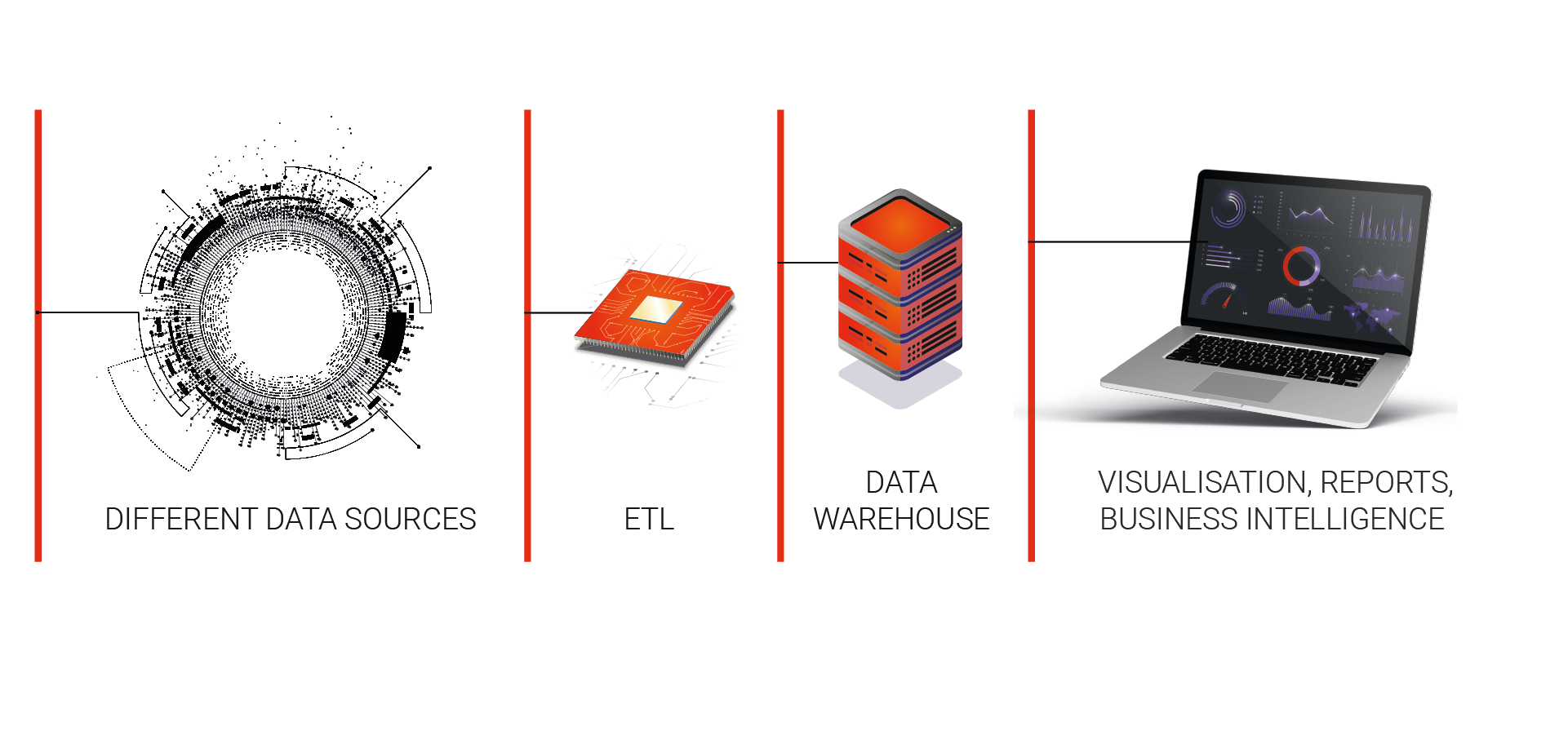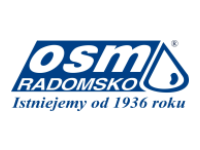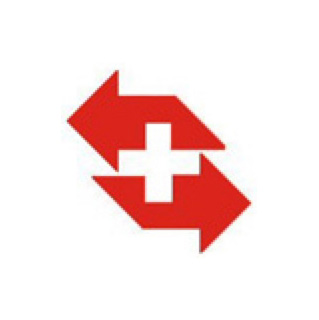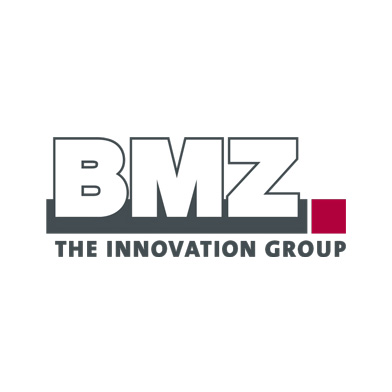

of your company



and insurance industries
in IT systems


Manufacturing industry


5 signs of your company needing a data warehouse:
Multiple systems
Insufficient reports
Outdated system
Current data
Global Imaging
How works
DATA WAREHOUSE

THE BENEFITS of implementing DATA WAREHOUSE
Convenient access to data
Collecting data in one place allows for an in-depth analysis and a broader perspective on the processes taking place in the company.
Forecasting and making the right business decisions
Data warehouse can be used as a simulation of business scenarios using models.
Greater work efficiency
Instant access to current information and friendly visualization allow you to perform tasks more efficiently and optimize processes.

Where is the data stored?
Data warehouse can be implemented in the client’s infrastructure or in the cloud. It’s up to you to choose the implementation model!
The cloud solution is fully mobile and provides access to it from any location. This model allows for reduction of infrastructure costs, constant updates and easy implementation. It is a convenient and fast way of managing data.
Our growth has been recognized!
We are proud to join the prestigious group of Forbes Diamonds 2025.

Check,
who trusted us
Our systems combine knowledge and the huge potential of technology with the business needs of our clients. We support companies in the design, development and implementation of digital solutions.
The process of implementing data warehouse in your company is as follows:
STAGE II
Preparation of the IT infrastructure and development of the power supply process.STAGE IV
Implementation of the solution along with training.STAGE I
Analysis of customer requirements and of technical possibilities.STAGE III
Development of a data model and reporting dashboards.STAGE V
Support and service.

GREIF Poland

Carbo Asecura S.A.

OSM Radomsko

INEE Sp. z o.o.
Needs and concerns of our customers
Even small entities may have reporting needs that are not met by domain software. The sooner an integrated reporting system is implemented in the company, the more order there is in the dictionaries, registers and statements, as well as the controlling, planning and settlement processes become more organised. This significantly improves communication between various departments and branches of the company, and also makes the job of people responsible for data analysis and preparation of statements easier and faster. The management of the company are also able to better articulate their needs and receive properly prepared information, which positively affects the decision-making process.
This used to be true in the past when only large market players offered data warehouse solutions. At present, there are many proven solutions on the market, which are free or paid on a small subscription basis that can be successfully used in large-scale projects.
The duration of the implementation process is highly dependent on the complexity of business processes. The more processes and the more dependencies between them, the longer the analysis process, and thus the warehouse implementation itself. The extensive experience of our company's consultants means that the client is comfortably guided through analytical issues, has a real impact on design decisions, observes the progress of analytical work, and finally takes an active part in the implementation and training process.
If the customer decides to use open-source components, the cost related to licenses for commercial software is non-existent. We are happy to cooperate with clients in the fixed-price model (pricing and implementation on the basis of a fixed price) as well as time&material (arrangement of payment for working hours of individual consultants participating in the project). Usually, the first stage of work is priced "on the spot", and subsequent extensions are carried out incrementally. We are very flexible in this respect.
The process of implementing data warehouse in an enterprise is preceded by an in-depth analysis of the client's reporting and analytical needs. The analysis allows you to locate the most critical areas and set priorities. The implementation of the data warehouse system connected to the reporting system is carried out gradually, using the incremental method. Individual business processes are added to the warehouse system in stages, and the activity is begun with a process of the greatest impact on the entire enterprise. This approach allows both a detailed assessment of the results obtained and avoiding the impression of revolution instead of evolution.






